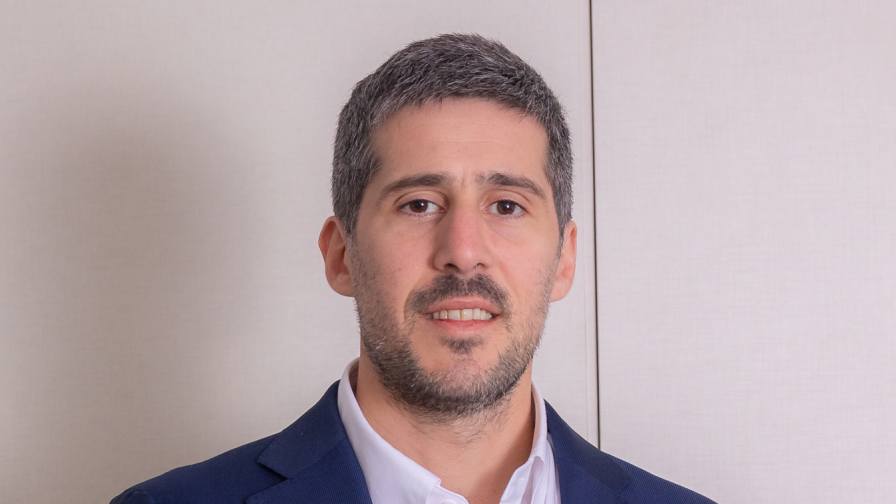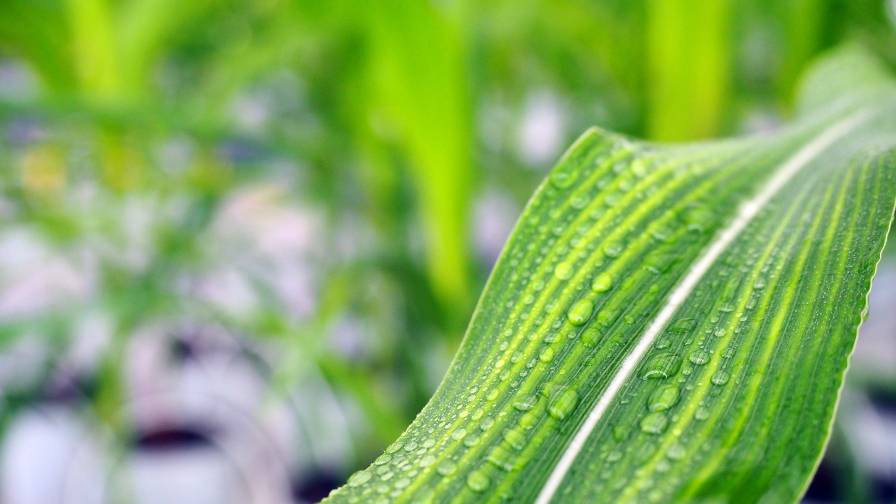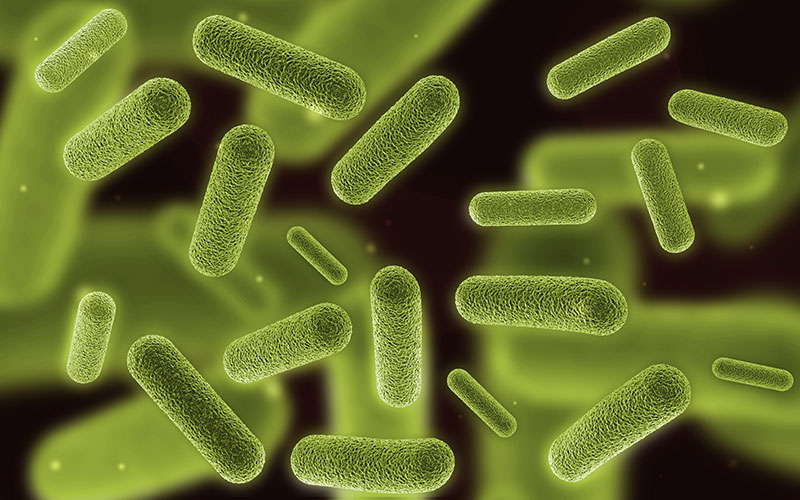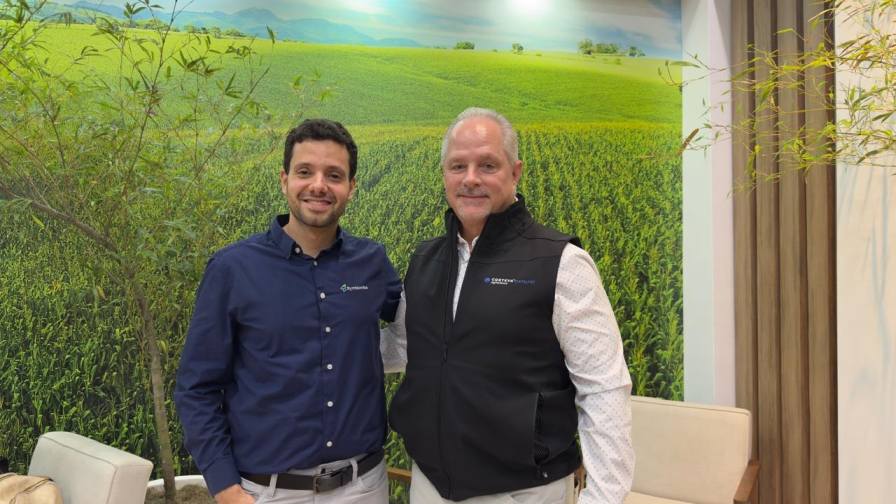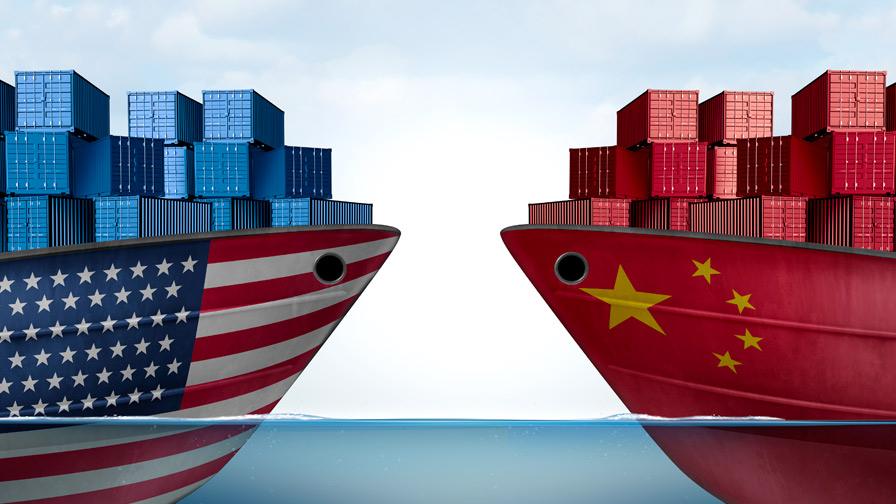Lending’s Silver Lining
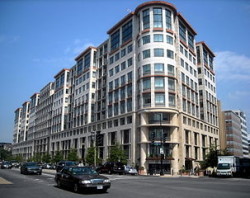
Europe’s debt crisis is cooling the market for agricultural loans, even as commodity prices and productivity soar. Nevertheless, a renewed interest in agriculture is taking hold – sparked by increasing awareness of food security issues and the plight of the smallholder farmer in Africa and South Asia.
While lending terms are stricter, those that meet the requirements are better poised to outlast political, economic and environmental upheaval. For smallholders who cannot meet those requirements, global development banks, governments and NGOs are stepping up their investments, and microfinancing through organizations like Kiva, a non-profit that has made almost $300 million available to smallholders and boasts a 98.9% repayment rate, is igniting growth.
The debt woes of rich nations might seem a galaxy away to a farmer in Guatemala or Burkina Faso, but for agribusinesses, the fiscal shockwaves tell another story: The effects of a banking industry in ruins will be felt from afar, while demand for food and fuel continues unabated. “The number of lenders we had one year ago is probably about half today because of the European crises,” says Antonio Alves, head of short-term finance for Latin America and the Caribbean at the International Finance Corporation (IFC), an arm of the World Bank. “The European banks that provide financing to agriborrowers are pulling out of the market, or they are more selective to lend, because they want to have better credit risk or better renumeration.”
IFC’s $3 billion Global Trade Finance Program offers risk mitigation insurance to local banks in new or challenging markets that pass its rigorous credit evaluation. The business has expanded tenfold since launching in 2005, doing $2 billion in deals through 61 issuing banks in 21 Latin American countries last year.
“Right now we are relying on American, Canadian and some Asian lenders. That’s the biggest constraint for Latin America,” Alves told Farm Chemicals International in an interview. “That, of course, will have a direct impact on the [agricultural] producers, because they have less access to funding, and the funds that are available are more expensive.”
Black Sea Returns
On the surface, abundant agricultural success – such as Latin America and the Black Sea region have enjoyed – signals reduced risk and therefore easier access to financing. But at multinational banks, there is simply less money to go around, and far fewer lenders today than 18 months ago, experts say. In Russia, for example, a total of three banks lend to the sector, and a lack of access to capital means the credit rating system suffers. The good news is that investment in the region’s row crop areas by private equity groups has started to pick up in recent months, according to Bill Devens, managing director at US-based consultancy HighQuest Partners.
“There are a couple of groups which have put up significant amounts, up to a billion [dollars]. They see potential returns and they also recognize that this is the fastest growing market in the world for exports to the Middle East and Africa,” Devens told FCI. “Right now Russia is still considered a fairly high-risk country, as is Ukraine, due to what’s going on politically in the region, but clearly there is significant room for expansion. Once the political problems are eliminated, I think you are going to see considerable investment in the sector because there is so much potential growth and so much available land in the Black Sea region.”
In some cases, the risk has decreased in emerging markets. What really changed in the past 18 months is the global financial market – especially on the lending side.
“Lenders are more picky. They want to lend to the right clients; they want to have better payback, and they have less money to lend. They can’t do the same as they were doing in the past,” Alves says.
Colombia and Brazil borrow the most money and are considered the least risky investments in Latin America, while Venezuela, Ecuador and Bolivia carry the highest risk. Honduras, with its fishery products and fruits such as bananas, and Guatemala, with its sugar and coffee crops, are rising stars for agricultural lending, Alves says. Restrictions on loans are another factor. In Brazil, for example, IFC does not finance soybean production due to environmental concerns in the Amazon.
US Back with a Vengeance
In the United States, banks are back with a vengeance, says Brian Newcomer, head of business development for Rabo AgriFinance. “There appears to be plenty of capital in the markets from various sources,” from smaller community banks to large national banks and other finance companies. “The US has the infrastructure and legal system in place to where lending to ag here is probably one of the safest places in the world,” he told FCI.
Newcomer says US farmers are making more capital improvements, such as installing drainage systems to control soil salinity and combat erosion and purchasing machinery and equipment for bigger tillage and harvesting. Leverage ratios, which describe debts to assets, are currently about 12% to 15%, compared with 25% to 35% in the early ’90s, he says.
“Defaults are running three times fewer than their commercial counterparts. Ag sector repayment has been very good,” and he expects the trend to endure as relatively high US corn prices continue to drive the world market. Rabobank’s typical loan ranges from $500,000 to hundreds of millions. A loan for an asset, such as machinery, is paid back in three to seven years, while a loan for real estate varies from 10 to 20 years; operating lines of credit are usually renewed and extended annually.
In some ways, agricultural finance in the US has become more complex due to regulation. Markedly more information is collected on a prospective borrower since the Sept. 11, 2001 attacks, Newcomer says. “It’s about knowing who you do business with and gathering the right data.” His caveat: “These are very volatile times. Make sure that you’re partnering up with a financial institution that is committed to agriculture.”
Africa, Asia See Cash Influx
For Africa and South Asia’s agricultural sectors, a recent wave of investment through organizations like the International Fund for Agricultural Development (IFAD) and USAID are pumping hundreds of millions of dollars in grants and low-interest loans to countries where food security challenges persist. In the first two months of 2012 in Africa alone, IFAD granted a $22.85 million loan “under highly-concessional terms” with a grant in an equal amount to Malawi, a $24.9 million loan to revitalize the coffee and cocoa production sectors in Liberia, and a $4.04 million loan along with a $1.61 million grant to Botswana to help smallholders battling poor soil conditions and erratic rainfall to boost productivity through the use of urban-treated wastewater for smallholder irrigation.
The Bill & Melinda Gates Foundation also committed $200 million in grants to smallholder farmers in Africa and South Asia, to train more than 10,000 agrodealers to equip and train farmers, control crop contamination and bankroll the release of 34 new drought-tolerant corn varieties.
Asked if there is any change in smallholders’ likelihood to pay back loans, an IFAD spokesperson told FCI, “In countries as diverse as Bangladesh, Kenya and Bolivia, poor people consistently repay their loans more reliably than conventional borrowers. The repayment rates are as high as 97%.” Poor women, IFAD says, often have the best credit ratings. “In Bangladesh, for example, women default on loans less often than men, and credit extended to women has a much greater impact on household consumption and quality of life for children.” •

